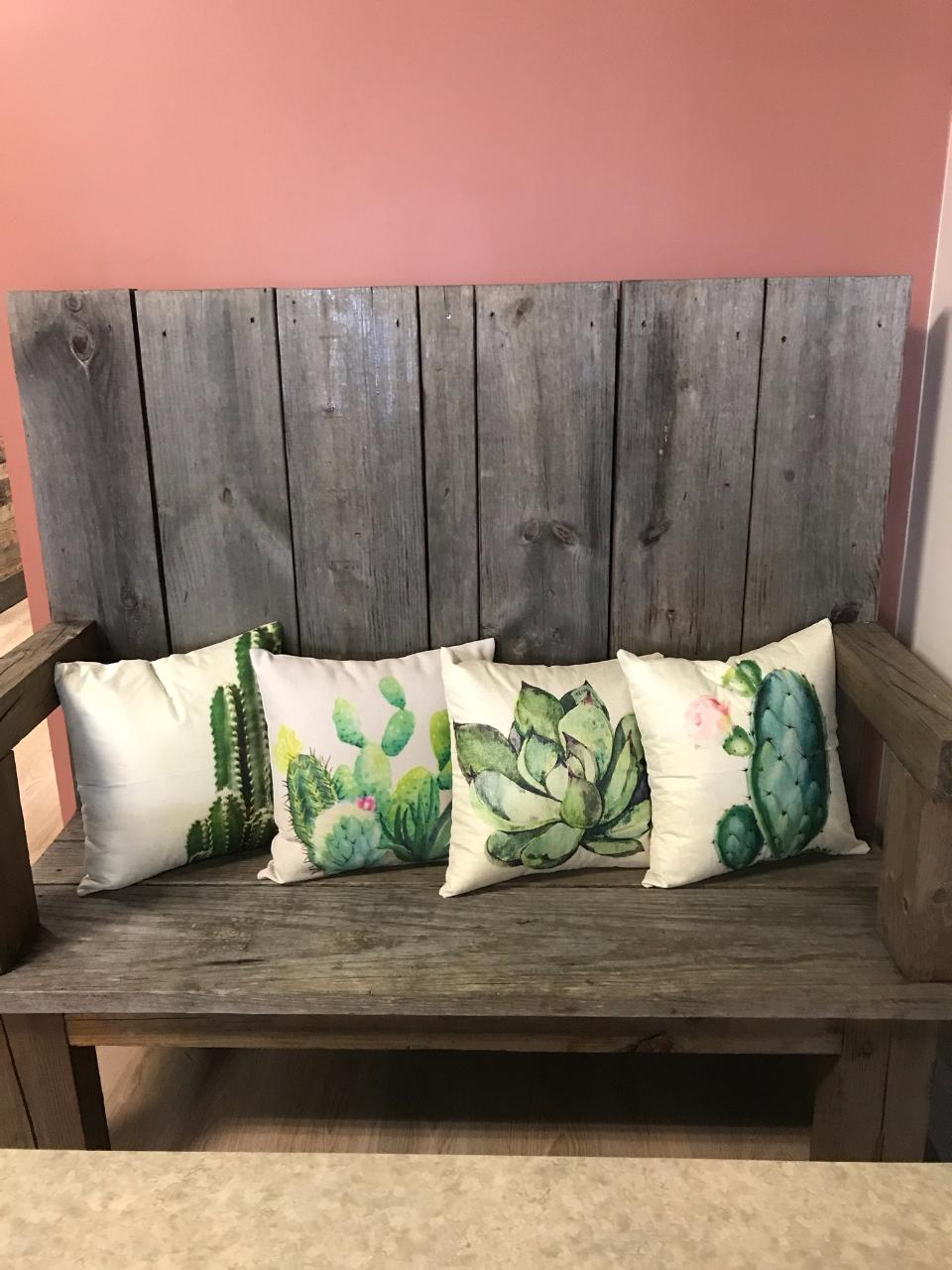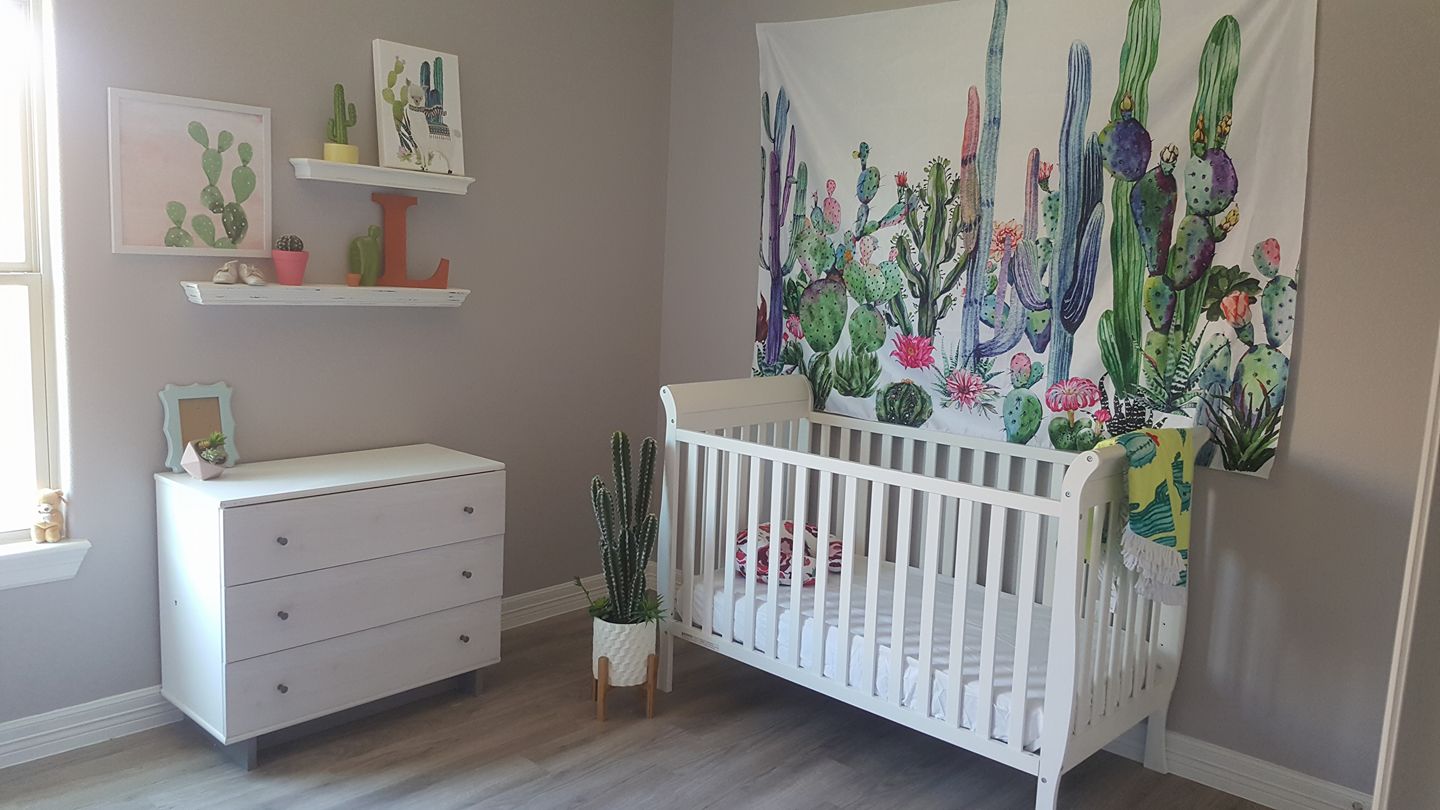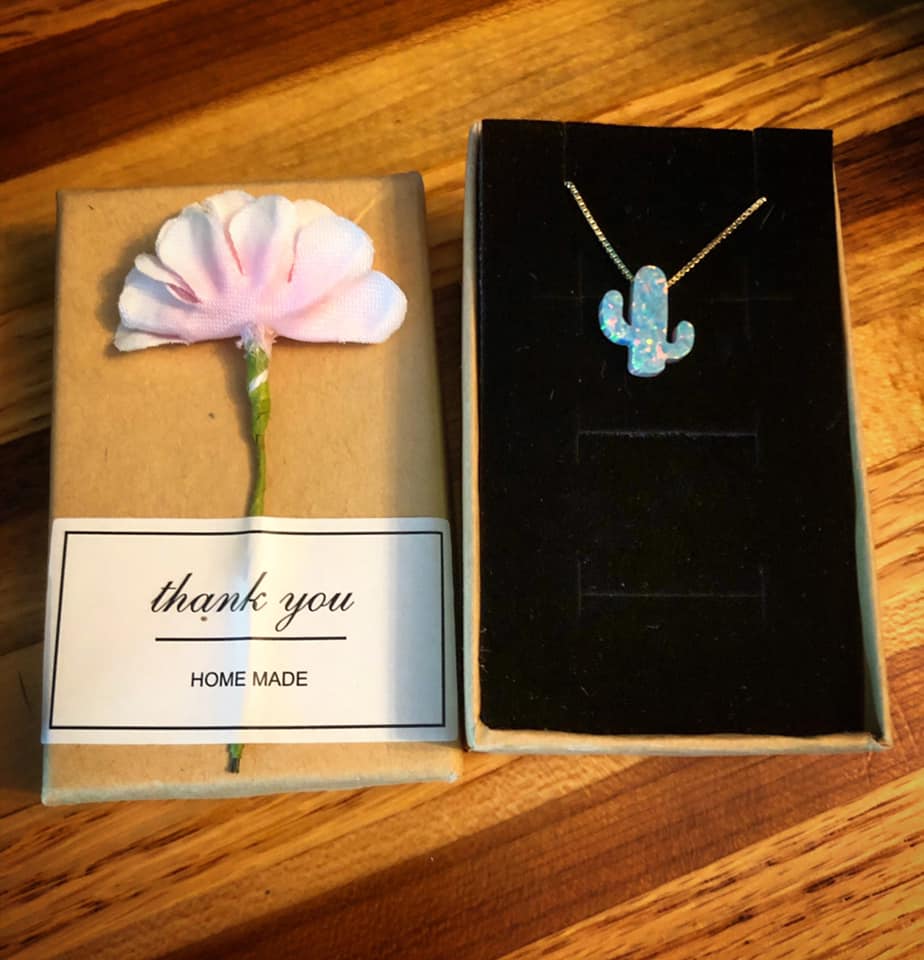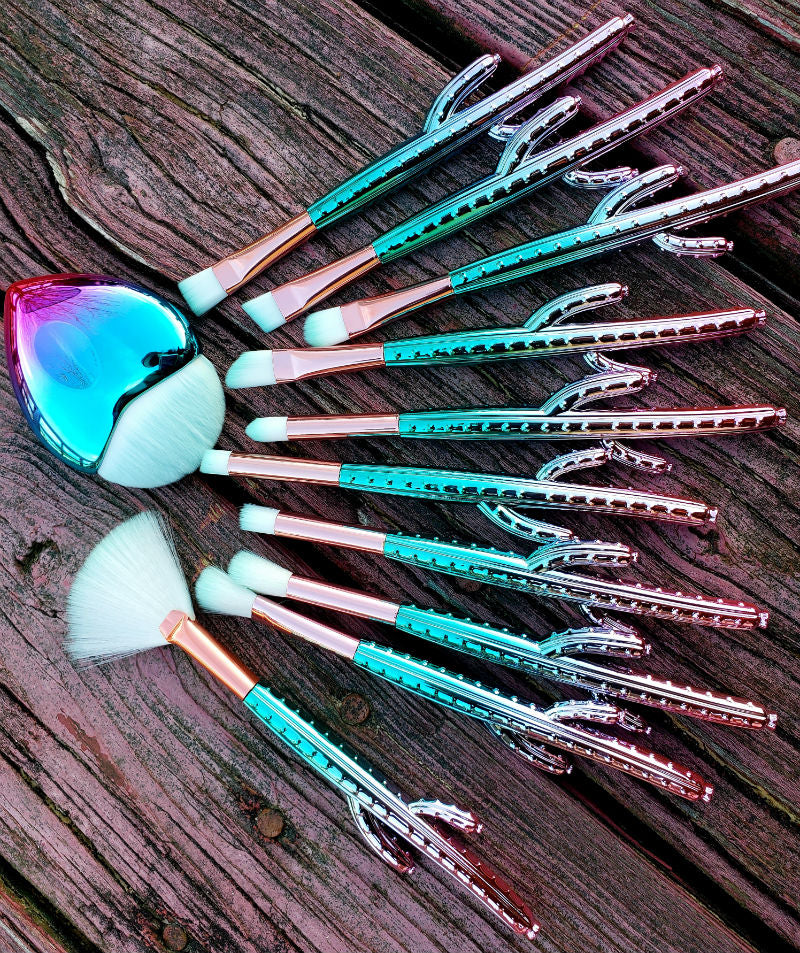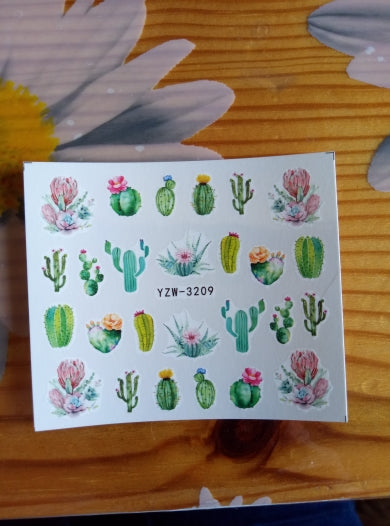How to Fix Stretched Succulent Plants in Pots
Why Keeping Succulents Compact Matters
Oh, the dreaded stretching succulents – something that can bother plant lovers everywhere.
Got tall, droopy succulents? Don't worry, it's a common problem for plant lovers, but there's good news – you can fix it! In the colorful world of compact succulents, keeping them nice isn't just about looks, it's super important for their plant health too.
If you've seen your succulents growing tall or supper long instead of staying short and full, you're not alone. Figuring out why this happens and how to fix it is the key to making your indoor garden look awesome again.
So what the heck causes this? Succulent stretching, also known as etiolation, happens when succulents don't get enough sunlight and start to grow tall and leggy in search of more light. Instead of their usual compact and tight circular shape, they become expanded and weak, losing their amazing charm and, even more important, their health.
Why is it important to keep our succulents compact? Well, aside from looking nice, compact succulents are healthier and happier. When succulents stretch, their stems become weakened and can easily break. Also, stretched succulents are more likely to get bugs and diseases.
On the other hand, compact succulents are stronger, tougher, and can handle harsh conditions better. Plus, they look better - who doesn't like a chubby, perfectly shaped succulent?
Keeping succulents compact isn't just about how they look, it's about keeping our green friends healthy and happy.
So say goodbye to droopy succulents that worry plant lovers everywhere. Let's explore some simple tips to help your succulents bounce back and look their best!
Signs of Stretched Succulents
When you're checking on your succulents to see if they are stretched, there are a few things to look for.
First, check if the stems are too long or if there's too much space between the leaves. Instead of being nice and full, stretched succulents look skinny and spread out. Also, the space between the leaves might get bigger, and the leaves themselves could become thinner and softer.
Pay attention to the color too. Stretched succulents might lose their bright colors and look pale or washed out.
Common Signs of Stretching in Different Types of Succulents: Different types of succulents can show different signs of stretching, but there are some common things to watch for.
Rosette succulents like Echeveria and Sempervivum might have long stems with leaves spread farther apart.
Tall, columnar succulents like Cereus and Euphorbia trigona might lean or bend toward the light.
And for hanging succulents like String of Pearls and Burro's Tail, you'll notice their stems getting really long and losing their usual compact shape.
Whether you have rosette, tall, or hanging succulents, watching for these signs can help you catch stretching early and fix it before it's a big problem.
Reasons Succulents Get Stretchy
Not Enough Sunlight: One big reason succulents stretch is they don’t get enough sunlight. Succulents love the sun and need plenty of bright, indirect sunlight to be healthy. When they don't get enough, they reach out toward the light, making their stems long and their growth minimal. If your succulents look leggy, try putting them in a sunnier spot.
Succulent Watering: Surprisingly, giving your succulents too much water can also make them stretch. When succulents get watered too often, or if they sit in soil that's too wet, they can get succulent root rot. Their roots get waterlogged and can't absorb oxygen properly. This makes the plant weak and stretchy as it tries to move away from the soggy soil.
To avoid overwatering, only water your succulents when the soil is totally dry, and make sure they're in soil that drains well to prevent waterlogging.
Crowded Growing Conditions: Having too many succulents in a pot or container can also make them stretch. When succulents are overcrowded in their pots, they have to fight for things like light and food. This can make them reach out to find more space and light.
To prevent overcrowding, put your succulents in pots that are the right size. Also, give them some space so they can get enough air and light.
Succulent Care: Stretching Prevention Methods
Understanding why your succulents stretch is the first step to bringing them back to life and making them healthy again. If you fix problems like not enough sunlight, too much water, and having too many succulents together, you can keep your succulents small and healthy.
So here are some simple plant health steps.
Succulent Sunlight Requirements: To stop succulents from stretching, make sure they get enough sunlight.
If you're growing indoor succulents put them in a sunny spot, like near a south or west-facing window, where they can get about 6 hours of indirect sunlight each day. You might want to use special growth lights to help them get enough light.
If you're growing outdoor succulents, pick a spot with some sunlight, but not too much. Again, they need at least six hours of sunlight each day. Watch your succulents and move them if they start stretching or getting sunburned.
Proper Watering: Another way to stop succulents from stretching is by watering them properly. Succulents like to dry out between waterings, so make sure to water them thoroughly and then let the soil dry completely before watering again.
Don't stick to a strict schedule, only water when the soil feels dry. It's better to underwater than to overwater your succulents.
Look for signs of too much water, like soft, yellow leaves or soil that feels wet. If you see these, water less and let the soil dry out. If your succulents don't get enough water, their leaves might shrink or get brown edges. Then, give them more water and change when you water them.
Choosing the Right Soil and Pot Size: Picking the right soil and pot size is super important to keep your succulents from stretching. Use soil made for succulents and cacti because it drains water well, stopping the soil from getting too wet and causing root rot. Also, choose pots that are a bit bigger than your plant's roots. Pots that are too big can hold too much water, which can lead to stretching and other problems.
The Best Cactus and Succulent Soil
By using these prevention methods, you can help your succulents stay small and healthy, lowering the chances of stretching and making sure they do well in their pots.
Reviving Succulents: Steps to Fix Stretched Succulents
Checking How Much Your Succulents Have Stretched: Before you start fixing them, figure out how much your succulents have stretched. Look for long stems and not many leaves, which means they're trying to get more light. See which parts of the plant are still healthy and which are too stretched to fix.
Cutting Back Stretched Stems: After you find the stretched parts of your succulents, it's time to trim them to help them grow compact again. Use clean, sharp scissors or pruning shears to carefully cut away the stretched stems, making sure to leave a healthy leaf or rosette. Cut at an angle to help the plant heal and avoid rot.

Letting the Cut Ends Heal: After trimming, let the cut ends of the stems form a tough layer before you plant them again. This helps keep moisture in and lowers the chance of rot when you put the plant back in the soil. Leave the trimmed succulents in a dry, shady spot for a few days so the cut ends can toughen up.
Planting in New Soil: When the cut ends are tough, it's time to put the succulents in new soil. For the soil, use a succulent potting mix that drains well. These mixes usually have stuff like perlite, sand, and organic stuff to help water drain away and give the roots air.
Succulent container size: Choose a pot that has holes at the bottom and is just a bit bigger than the plants roots. This helps keep the roots healthy. Plant the trimmed succulents at the same depth they were before, and pat the soil gently around the roots.
Watering and Caring for Your Succulents: Again, after planting them in new soil, give them a light watering to help the soil settle and the roots grow. Let the soil dry out completely between waterings, and make sure they get plenty of bright, indirect sunlight to grow well. Keep an eye out for new growth, and take care of them like you usually do.
By doing these steps, you can fix your stretched succulents and help them get back to being compact and healthy. Just be patient and take good care of them, and soon they'll be lively and healthy again.
Dealing with Succulent Pests and Diseases During Recovery
Succulents are tough, but they can still get bugs and diseases. Here's how to handle these problems while helping your plants get better:
Spot the Problem: Look for usual suspects like mealybugs, aphids, and spider mites, and watch out for signs of diseases like fungus or rot.
Natural Solutions: Fight off bugs by spraying your succulents with a mix of water and gentle dish soap or neem oil. If there's fungus, use a fungicide that works for succulents:
Neem Oil: Effective against a variety of fungal diseases, neem oil is safe for succulents and can be applied directly to the affected areas.
Copper-based Fungicides: These are widely used and can help control fungal infections on succulents. Make sure to follow the instructions on the product label.
Sulfur-based Fungicides: Sulfur-based fungicides are effective against powdery mildew and other fungal diseases in succulents.
Baking Soda Solution: Mixing baking soda with water can create a natural fungicide that helps control fungal infections in succulents.
Potassium Bicarbonate: Another natural option, potassium bicarbonate, can be effective against fungal diseases on succulents.
Separation: If you find bugs or diseases on one succulent, keep it away from the others to stop the issue from spreading.
Cleanliness: Keep your pots and the area around your succulents tidy by removing dead leaves and dirt. This stops bugs and diseases from settling in.
By fixing root rot quickly and dealing with bugs and diseases during recovery, you can help your succulents get back to their best. Keep an eye out and act fast to keep your healthy succulents lively.
Succulent stretching is a common problem for plant lovers, but it's something you can tackle with the right information and methods.
Understanding why succulents stretch and knowing how to prevent and fix it will keep your plants compact, healthy, and beautiful.
Make sure they get enough sunlight, water them sparingly, and use soil that drains well.
If your succulents do start to stretch, don't worry! With a bit of trimming and care, they'll bounce back in no time.
So, recover your stretched succulents and enjoy the lush, green display of your indoor garden again!
Happy Succulent Gardening!














